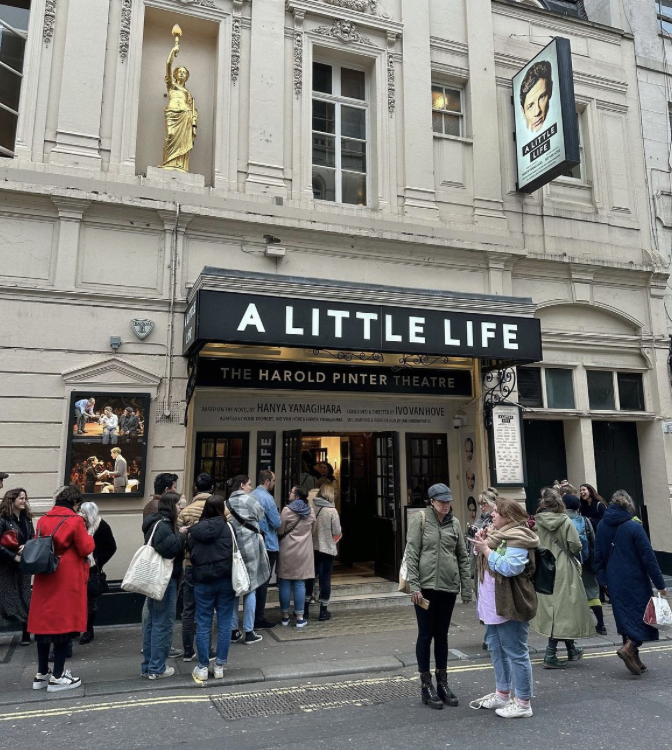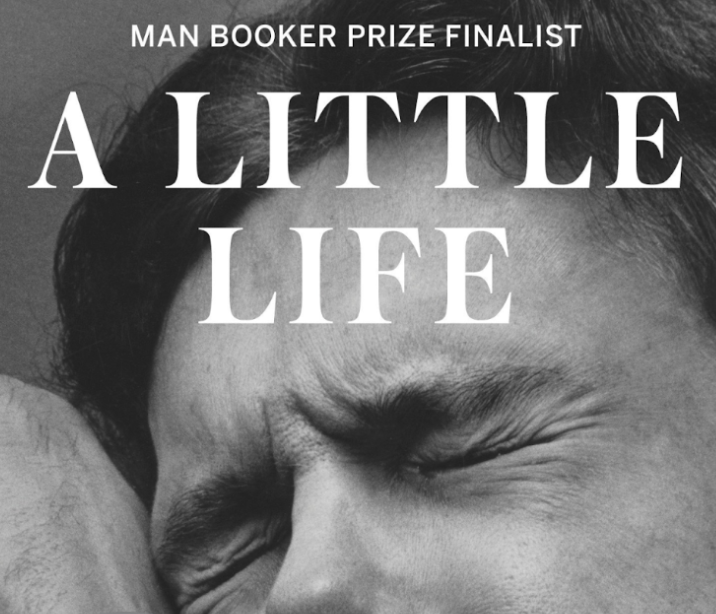“What he knew, he knew from books, and books lied, they made things prettier.”
“A Little Life“, Hanya Yanagihara
I wouldn’t be surprised if everyone has cried to a story once in their life. Either through a text, a play, a conversation, a movie, or any other medium, at least one thing has made everyone cry. However, what surprises me the most is that for some, this tragic story serves as a supportive anchor. The feeling of sadness with underlying warmth can be onset by films and books akin to The Fault in Our Stars, Five Feet Apart, Gifted, The Boy in the Striped Pajamas, Titanic, and Up, as they do the same exact thing over and over: make you cry.
A Little Life by Hanya Yanagihara has achieved just that. With a total of 4.34 stars out of 5 and 440,000 reviews on Goodreads (a literary media platform for book recommendations), this National Book Award finalist has strengthened the love for the damaging. This interest in the aching was brought to my attention when Goodreads user Ava published a question on the platform: “Can a 14-year-old read A Little Life?” Out of all responses, Ava received a common answer: “No”. “I would strongly advise a 14-year-old not to read this book. This book is… a lot… even for an adult. There are some seriously mature themes and scenes that no one is equipped to process, let alone a young teen”. This only reinforced my question: how has such fandom and affection risen from a novel that centers around child sexual abuse, kidnapping, self-harm, rape, addiction, loss, drug use, etc.? After reading more reviews and beginning to start the novel itself, I began to understand that the beauty of the book isn’t in its content, but rather in the emotions it is able to spark in readers.
“I have died a hundred deaths and shed a thousand tears whilst reading ‘A Little Life’. It feels as if I have never truly known grief until this moment. How does one recover from such heartbreak?”
Jessica, Goodreads
Reading has no longer just become a way of evading reality but also a method to induce catharsis: the release of your emotions, either sorrowful, cheery, or resentful, through the means of reading. In other words, using pain as a therapeutic process in acknowledging one’s internal needs. This feeling of presence can cause us to seek books that we believe will make us “feel”. In essence, such novels enable the reader to react to situations that wouldn’t apply to their day-to-day life. Empathizing with the characters for their failures and for their emotions is just another way to open up without being obliged to talk. Acting as a flashback, sad stories can remind us of real life, and allow us to reflect on what we’ve already previously experienced.

The wonders of A Little Life were further brought to reality when the author shared shocking news to the public: the book was going to be adapted into a play! The London Harold Pinter Theatre’s production quickly became booked, leaving almost no available entrances until its closing event in June.
The success of A Little Life exemplifies how powerful emotions attract humanity. We as humans are constantly looking for surprises and new experiences, both of which can come in the form of an 800-page book.
Even knowing that it will emotionally destroy us, we decide to open it up and begin the solo journey of suffering.

